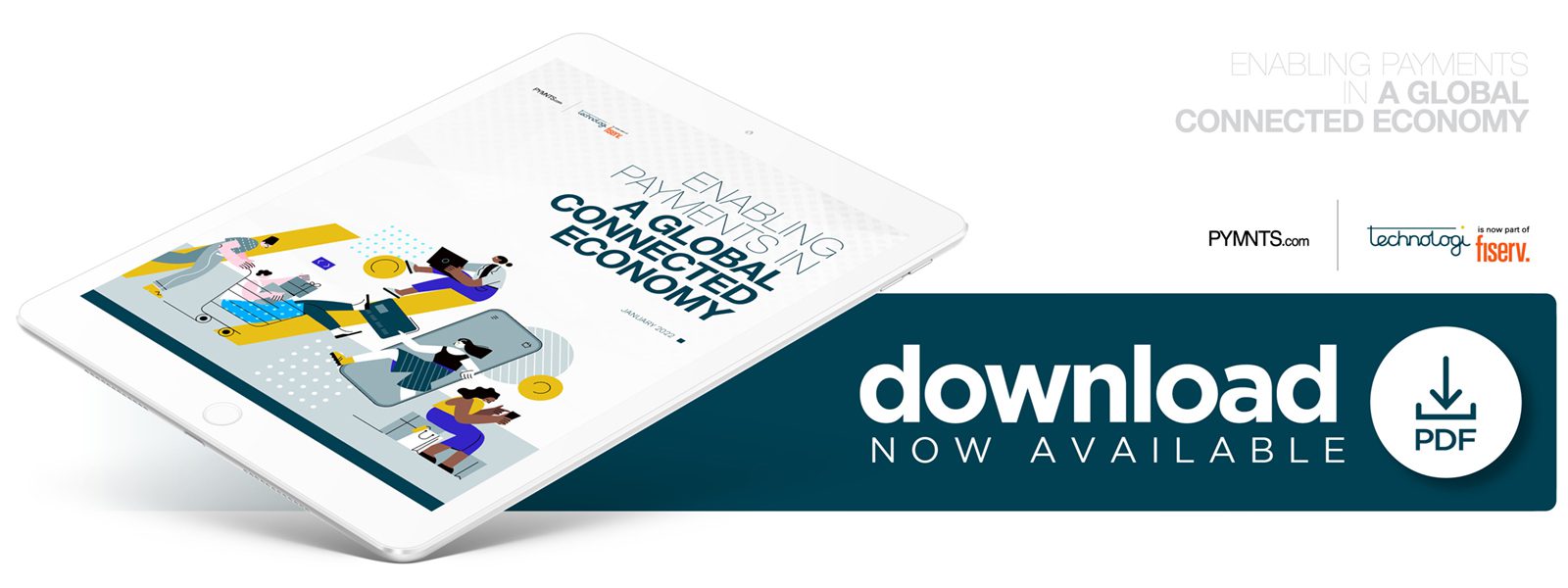Wells Fargo on Innovating to Fulfill Merchants’ User Experience Requirements

The pandemic has pushed merchants to reevaluate their payments processes as they expand into new markets and geographies. However, the complexity often involved in implementing and accelerating digital payments has proved challenging, said Ulrike Guigui, senior executive for strategy and digital innovation at Wells Fargo.
“The challenges merchants face continue to be the ability to grow and manage and their business while simultaneously minimizing costs,” she explained. “What’s drastically changed, however, is that payments digitization has provided unprecedented capability and, along with that, increased complexity.”
Guigui said that the pandemic-induced digital shift has led merchants to jump headfirst into innovation. Many had little time to adjust as they hustled to make digital payments work seamlessly using new business models.
“Merchants were forced to rapidly adapt their environments, reporting, websites and inventory management as they pivoted from in-person to online sales and contactless payments and stored card numbers, for example,” she said. “Pandemic conditions led to the emergence of additional acceptance channels, such as third-party purchase and delivery applications, that disrupted restaurant and retail environments, and the need to integrate these services into payment solutions and business management processes. Merchants have also had to navigate the complexity of managing eCommerce shopping cart conversions, consumer chargebacks, reconciling receivables reporting and forecasting cash flow, for example.”
The need for better payments integration with existing and new business models means that acquirers often face mounting competition for merchants’ business. With thousands of payments providers offering services, it is often difficult for merchants to discern which providers will deliver the best results. Guigui believes that success for both acquirers and the merchants they serve comes down to a clear focus on user experience and the barriers to seamless payments.
“The consumer experience continues to evolve, and its importance is highlighted by the rapid adoption of contactless payments and alternative methods of payment as well as the proliferation of point-of-sale innovation,” she explained. “Examples include biometric and ‘walk-out’ payments. Cross-channel options, such as online purchases with in-store pickup, add to the importance of merchants being able to deliver exceptional consumer payments experiences. On the flip side, there is pressure for acquirers for the merchants to assist [customers] in navigating pain points created by the payments ecosystem’s complexity.”
Still, opportunities for well-planned innovation to transform users’ experiences are numerous, Guigui said.
“We believe opportunities exist in a couple of areas to enhance the customer experience, such as facilitating acceptance of emerging payment forms and channels, using data to enhance payment authorization, deploy customer offers and loyalty programs [as] well as provide market information and performance benchmarking,” she said.
Improved user experiences drive customer loyalty for merchants and ensure that acquirers can maintain positive relationships with merchants by helping them become more efficient. Guigui believes that features like fully integrated card acceptance with digital banking platforms and seamless reporting across payments channels and receivable flows can help merchants get the most out of digital payments, solidifying acquirer-merchant partnerships.

